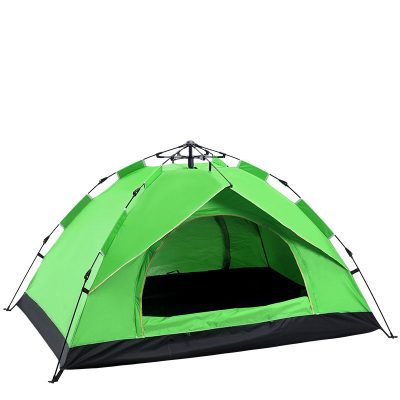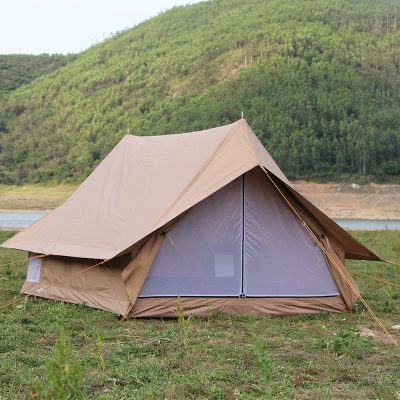1. Choose tents based on the harsh and harsh conditions you may encounter. For example, even though you don’t plan to camp in the winter, if one of your outdoor activities is going to take place in the late fall, then you should choose a 4-season tent or a convertible tent.
The 2nd and 4th quarter accounts are usually 10%-20% heavier than the 3rd quarter accounts (mainly due to the extra poles). The convertible tent allows you to increase or decrease the pole and adjust the ventilation according to the situation.
3. Self-supporting tents (which do not require external support) are easy to use. You can easily move its position, or shake off fallen leaves, dust, snow, etc. on top of the tent. And tents that are too lightweight are often difficult to support independently.
4. The capacity of the tent. Each manufacturer has its own capacity standards. The actual capacity is often smaller than the marked capacity. For example, a tent marked as a 2-person capacity tends to be quite crowded after accommodating two wide-bodied adults and their gear.
5. It is recommended to use items such as tarpaulins or ground cloths to extend the life of the tent base cloth.
With the improvement of people’s requirements, the quality of folding tents is getting better and better, and the competition of various brands is also increasing. As for which brand of folding tent is good, it should be comprehensively considered according to the material, fabric, convenience, service life, etc.

























